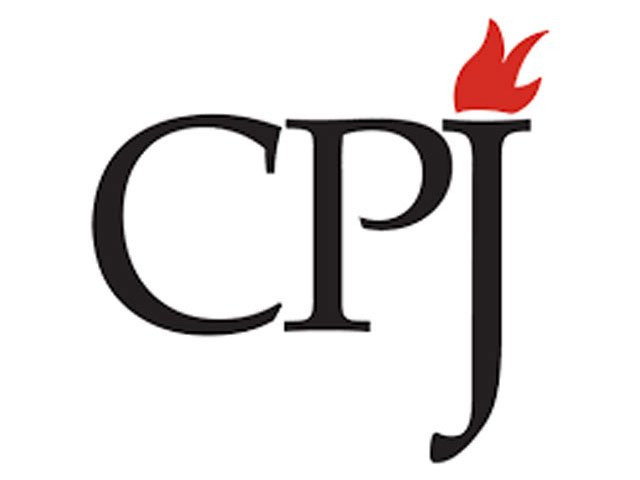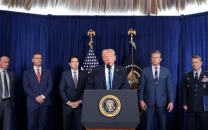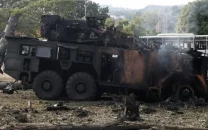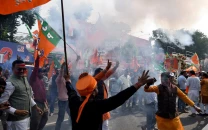Journalists face rising threats in trouble spots, says watchdog
Report says journalists are increasingly targeted since beheading of Wall Street Journal correspondent Daniel Pearl

The New York-based Committee to Protect Journalists said in a 28-page report that more needs to be done to ensure the safety of reporters deployed to global hot spots.
"The past six years have been the deadliest and most dangerous for journalists." @RobertMMahoney #CPJEmergencies pic.twitter.com/ZHbi0wamHq
— Committee to Protect Journalists (@pressfreedom) February 21, 2017
“The collapse of old political structures, the rise of militias, the failure of Western governments to rein in repressive regimes, and the disruption of the news industry by technology have churned up the threat landscape for journalists globally since the 1990s,” the CPJ report said.
The report noted that journalists have become increasingly targets since the early 2000s, citing the 2002 kidnapping and videotaped beheading of Wall Street Journal correspondent Daniel Pearl in Pakistan.
“His death signaled a new era in which violent non-state actors use journalists as pawns in asymmetrical warfare with foreign powers,” the report said.
Pakistan fourth most dangerous country in the world for journalists
The killings by the Islamic State organisation of American journalists James Foley and Steven Sotloff, which were broadcast on social media, raised public awareness, but dangers persist, according to CPJ.
“The risks include kidnapping for ransom or political gain, and murder by insurgents who see journalists as surrogates of an enemy too powerful to attack directly,” said the report.
“Journalists are caught in crossfire or targeted by drug cartels as a warning to other unwelcome reporters. While technological changes enable more people to engage in acts of journalism, those same changes bring new risks, such as surveillance and tracking.”
My life changed after Malala was attacked: Hamid Mir
Some major big news organisations have taken steps to increase safety, but freelancers and local journalists often lack resources and training, according to the report.
In the wake of kidnappings, a number of international news organisations agreed to a set of principles which call for treating freelancers as they would staff, the report noted. But because the guidelines are voluntary, not all organisations follow them.
Some positive signs have emerged, including a greater awareness of the threats and better cooperation among members of the media, it added.
“I think the networks are stronger now than they were 10 years ago, and even stronger than five years ago,” Judith Matloff, a journalist and media safety instructor at the Columbia University School of Journalism, said in the report.
“People are working together more and I think that's absolutely critical.”



















COMMENTS
Comments are moderated and generally will be posted if they are on-topic and not abusive.
For more information, please see our Comments FAQ